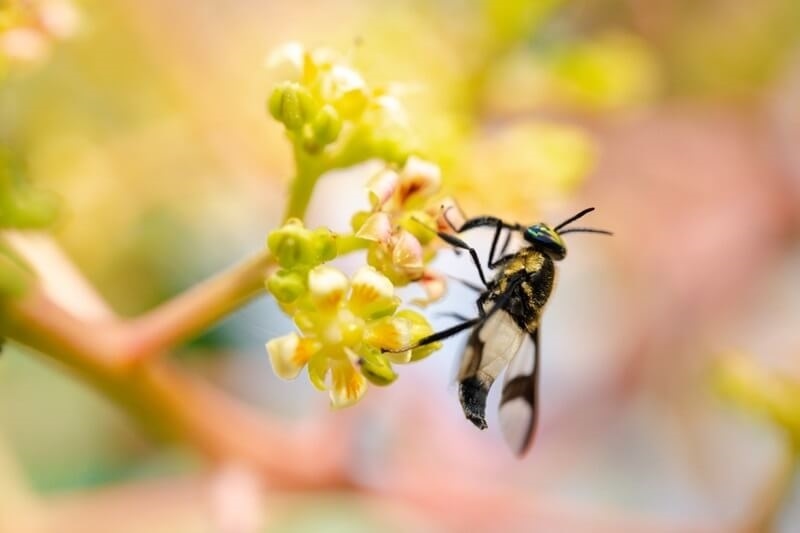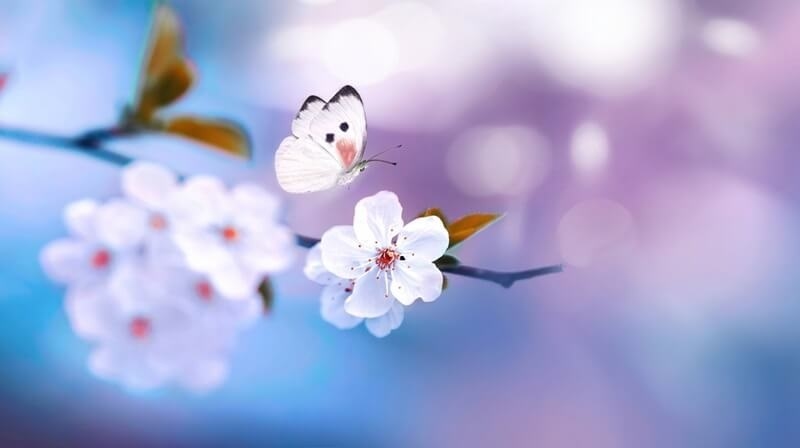
Walk outside on a summer morning and you’ll hear it before you see it. The soft hum of bees moving from flower to flower. A butterfly gliding in to rest on a bloom. Maybe even a hummingbird hovering for a sip of nectar. These little visitors aren’t just pretty extras in the garden — they’re essential. Pollinators keep ecosystems alive. Without them, our food supply, our flowers, even our landscapes would look very different.
So how do you invite more of them in? Easy. You fill your yard with pollinator friendly plants that provide food, shelter, and resting spots. It doesn’t take much to transform your outdoor space into a buzzing, fluttering, winged paradise.
Let’s break down the best choices and simple ideas that work, whether you’ve got a tiny balcony garden or a sprawling backyard.
Pollinators are more than nice-to-haves. They’re workers. Bees pollinate crops that end up on your table — apples, almonds, blueberries, cucumbers. Butterflies carry pollen as they move through gardens. Hummingbirds help pollinate tubular flowers while sipping nectar. Even moths and beetles play their part.
When you add plants that welcome them, you’re supporting biodiversity. You’re helping farmers indirectly. And yes, you’re making your own garden more colorful and alive.
Imagine walking into a buffet where every dish is the same. Boring, right? Pollinators feel the same way. If your garden has only one type of flower, they’ll visit, but they won’t stick around. Variety keeps them interested and provides nectar across seasons.
Aim to include flowers that bloom in spring, summer, and fall. Early bloomers help bees wake up after winter. Late bloomers keep butterflies and hummingbirds fed before migration.
Bees are some of the hardest workers out there. To keep them happy, focus on nectar-rich blooms. Lavender, sunflowers, cosmos, and zinnias are fantastic choices. Herbs like thyme, oregano, and mint (if you let them flower) are irresistible too.
What makes flowers that attract bees stand out? Simplicity. Bees prefer single-petal flowers over complex hybrids because they’re easier to access. Plant a cluster of the same type in one spot. Bees like efficiency. They’d rather feast in one corner than hop all over the yard.

Butterflies are a little different. They love flat flowers where they can perch while sipping nectar. Coneflowers, black-eyed Susans, lantanas, and milkweed top the list. Milkweed, especially, is critical — it’s the only plant monarch caterpillars will eat.
If you’re aiming for the best plants for butterflies, think color. Bright purples, oranges, and yellows are like neon signs for them. Place these blooms in sunny spots since butterflies need warmth to keep moving.
Nothing feels quite as magical as a hummingbird flitting around your garden. These tiny birds move fast and need lots of energy, so nectar is their fuel. They’re especially drawn to tubular flowers in shades of red, orange, and pink.
Trumpet vine, salvia, columbine, and bee balm are excellent choices. You can also hang feeders, but natural food is always better. If you’re serious about attracting hummingbirds to garden spaces, plant clusters of these flowers so they don’t have to work too hard.
Designing a garden for pollinators doesn’t have to be complicated. Here are a few simple pollinator garden ideas that make a difference:
Group plants by type and color so pollinators can find them easily.
Add a shallow dish of water with pebbles — bees and butterflies need hydration too.
Avoid pesticides, especially during bloom. They harm the very creatures you’re trying to invite.
Leave some bare soil or wood piles. Solitary bees often nest in these spots.
Plant in layers: tall sunflowers in the back, medium coneflowers in the middle, and creeping thyme at the edges.
These little tweaks turn a regular yard into a welcoming habitat.
Here’s a secret that makes gardening easier: choose plants that already belong where you live. Native pollinator plantsare adapted to local conditions, which means they need less water, less care, and offer exactly what your local pollinators need.
For example, in the U.S. Midwest, purple coneflower and wild bergamot are staples. In the Southwest, penstemon and desert marigold thrive. Do a quick search for “native flowering plants” in your region, and you’ll discover dozens of options that are beautiful and beneficial.
Pollinators are sensitive to chemicals. If you spray pesticides or herbicides, you may be killing off your garden visitors without realizing it. Switch to organic practices wherever possible. Hand-pick pests, use natural sprays like neem oil, and encourage beneficial insects like ladybugs and lacewings.
The healthier your environment, the more pollinators will trust it.
Think about height and structure in your planting. Bees like flowers close to the ground, butterflies prefer mid-level blooms, and hummingbirds often go for taller stalks. If you mix levels, you create a buffet that caters to everyone. Plus, it just looks nicer — a layered garden feels more natural and less staged.
One mistake people make is planting flowers that all bloom at once. The result? A stunning garden for a few weeks, then silence. Staggering bloom times keeps food available all year. Start with crocuses in early spring, follow with summer zinnias, and finish with autumn goldenrod.
This way, you’ll always have someone buzzing, fluttering, or hovering around.
Pollinators need more than nectar. They need rest stops. A small birdbath with stones for bees to land on, a log pile for beetles, or even a patch of unmown grass can provide shelter. These details don’t just make life easier for pollinators; they make your garden look alive and natural.
Here’s a bonus perk. Planting for pollinators is one of the easiest ways to get kids interested in nature. Watching bees at work or butterflies laying eggs is more engaging than any textbook. If you’ve got little ones, let them pick a plant or two for the garden. It turns gardening into a shared adventure.
Yes, pollinator-friendly gardening makes your yard look better. But it’s bigger than that. Declining bee populations, habitat loss for butterflies, fewer hummingbirds in some areas — these are real issues. By planting even a few flowers, you’re adding back food sources and safe spaces.
It’s a small act with a ripple effect. Pollinators keep food systems alive. Supporting them at home helps balance ecosystems everywhere.
So, if you’ve been wondering how to get more life buzzing, flapping, or hovering in your garden, the answer is simple. Start with variety. Mix colors and bloom times. Add water, shelter, and safe resting spaces. And above all, plant with intention.
With pollinator friendly plants, you’ll not only create a yard that looks beautiful but one that hums with life. From flowers that attract bees to the best plants for butterflies, from creative pollinator garden ideas to clusters of native pollinator plants, every choice matters. Even planning with the thought of attracting hummingbirds to garden corners brings joy, beauty, and purpose to your outdoor space.
At the end of the day, it’s not just about gardening. It’s about giving back to the creatures that quietly keep the world blooming.
This content was created by AI